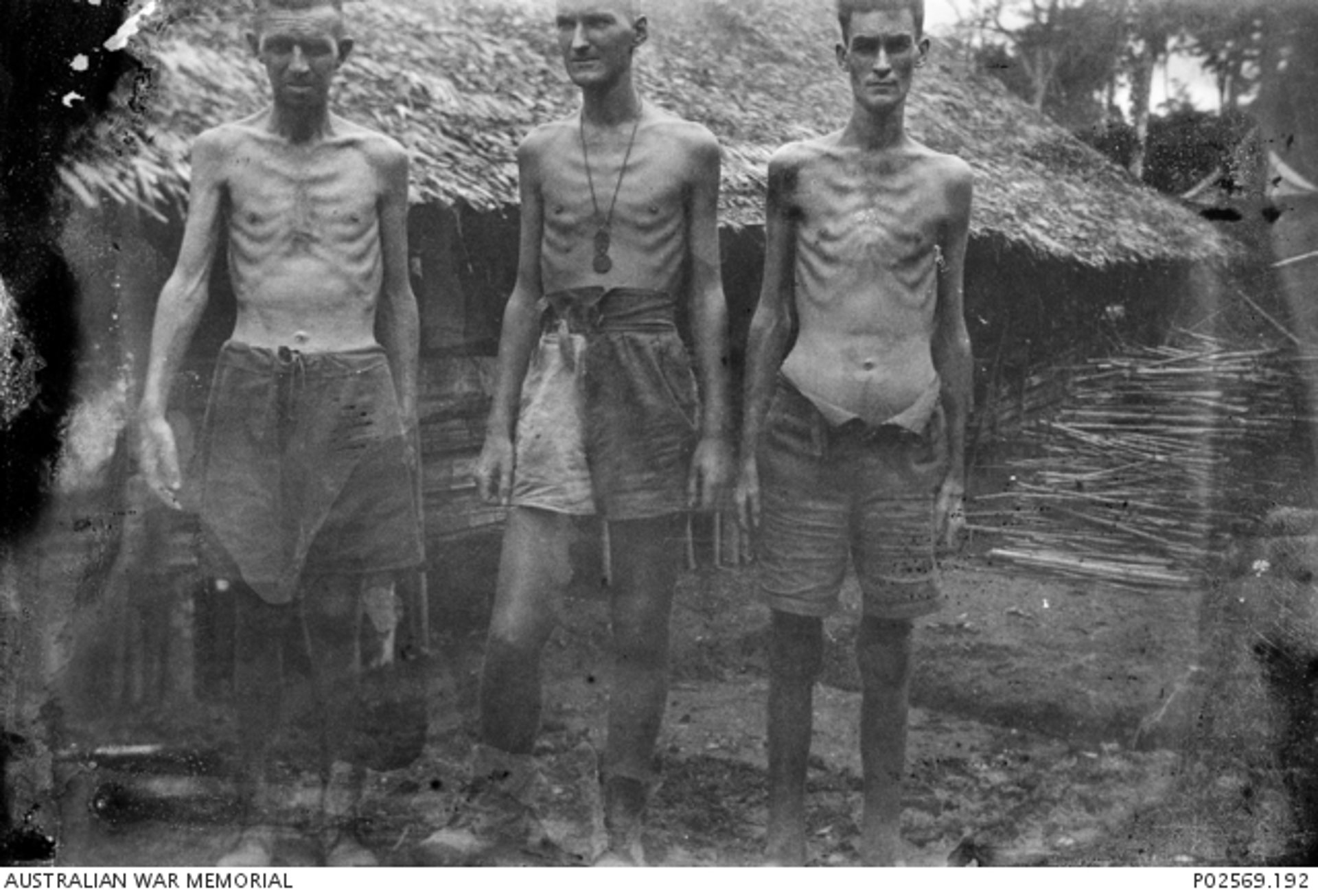
You didn’t come this far to stop
Life and Death at Tarsao Hospital
Episode 53: Life and Death at Tarsao Hospital
In Episode 53, we explore the grim reality of Tarsao Hospital, a crucial site along the Death Railway during World War II. This hospital, nestled deep in the jungle, witnessed the suffering and resilience of prisoners of war (POWs) forced to work under brutal conditions.
IN THEIR FOOTSTEPS BLOGDUNLOP RESEARCH - TRIP 2INSIGHTS WW2 HISTORY
Toursofwar.com
5/12/20243 min read
Harsh Conditions and Overcrowding
Originally intended for 400 men, Tarsao Hospital quickly became overcrowded, accommodating nearly 800 prisoners. Makeshift shelters lacked basic amenities, and during the monsoon season, muddy roads made supply transport a challenge
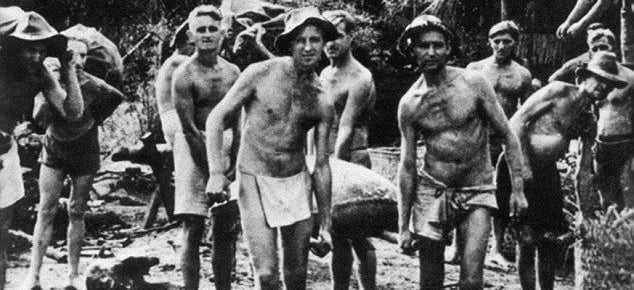

Lack of Medical Care
Tarsao Hospital was severely understaffed and ill-equipped. Medical supplies were scarce, and prisoners received minimal treatment, often resorting to makeshift remedies. The lack of proper care led to many preventable deaths.
Disease and Death: Unsanitary conditions facilitated the spread of diseases like malaria, dysentery, and beriberi. Mortality rates soared, necessitating the establishment of multiple cemeteries near the camp, including St George's, St Luke's, and Cholera Cemetery.


Leadership and Japanese Control
Colonel Knights, a British officer, was placed in charge of Group IV at Tarsao, which consisted of around 400 men. However, the camp remained under the control of the Japanese, who were known for their brutal treatment of POWs. Capt. Suki, the Japanese Officer in charge, oversaw the daily operations of the hospital and the work details assigned to the prisoners.
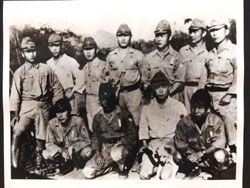

Daily Life
and Survival
For the POWs at Tarsao Hospital, daily life was a constant battle for survival. Prisoners were forced to work on various tasks, including building and maintaining the camp and operating a charcoal pit. They endured physical abuse, inadequate food and water, and the ever-present threat of disease and death. Many succumbed to their illnesses or injuries, while others struggled to maintain their will to live in the face of such overwhelming hardship.
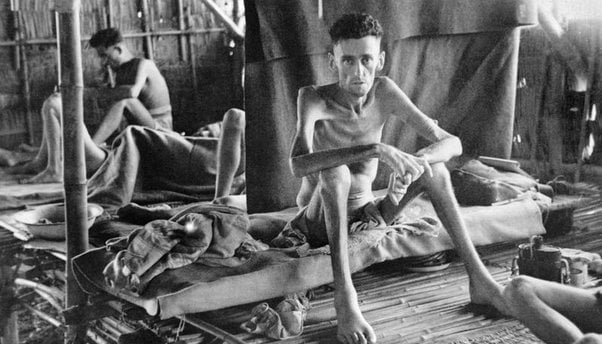

History of the POW Camp:
It was a large camp consisting of a transit camp, work camp, and hospital camp.
There were three large cemeteries near the camp, including one for cholera victims.
Founded on January 24, 1943, the camp originally held 400 prisoners but was later enlarged to 800.
The camps closed in April 1944.
The hospital camp had a bad reputation and lacked medical supplies, leading to harsh conditions for the prisoners.
During World War II, a Japanese prisoner of war (POW) camp called Camp Tarsoa or Tarsau was located near the present-day Nam Tok Sai Yok Noi railway halt. Here are some key details about the POW camp:
Tarsao POW camp site
Location: Sai Yok District, Kanchanaburi Province, Thailand, along the route of the Death Railway.
Historical Significance: Known as Tarsoa or Tarsau during World War II, this site housed Japanese prisoner of war camps.
Population and Area: As of 2012, the town had a population of 3,675 and covered an area of 4.4 km².
How You Can Help
Donations and Sponsorships: We are seeking corporate sponsorships and donations to fund ongoing restoration projects and educational programs. Your support can make a significant difference in maintaining the quality and impact of the museum.
Volunteer Opportunities: If you have expertise or time to offer, consider volunteering with us. There are many ways to get involved, from artifact restoration to educational outreach.
Spreading the Word: Share this blog and our mission with your network. The more people who know about the JEATH War Museum and its significance, the greater the impact we can achieve together.
The St Andrews Research Team is dedicated to preserving the legacy of the Thai-Burma Railway and the memories of those who suffered. We need your support to continue our work. There are several ways you can help:
Join the Cause!
If you or someone you know is interested in supporting this cause, please get in touch.
This is a chance to be part of something truly meaningful and impactful.
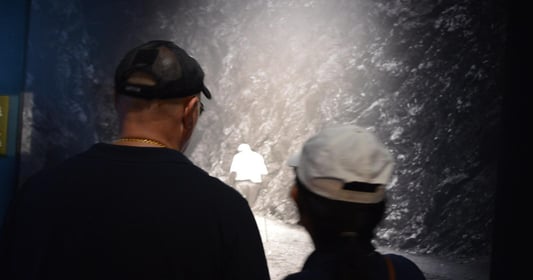

Conclusion
The story of Tarsao Hospital is a harrowing testament to the resilience of the human spirit in the face of unimaginable adversity. The POWs who endured the harsh conditions and lack of medical care at the camp demonstrated remarkable courage and determination, even as they watched their comrades succumb to illness and injury. Their experiences serve as a sobering reminder of the horrors of war and the importance of preserving the memory of those who suffered and sacrificed.
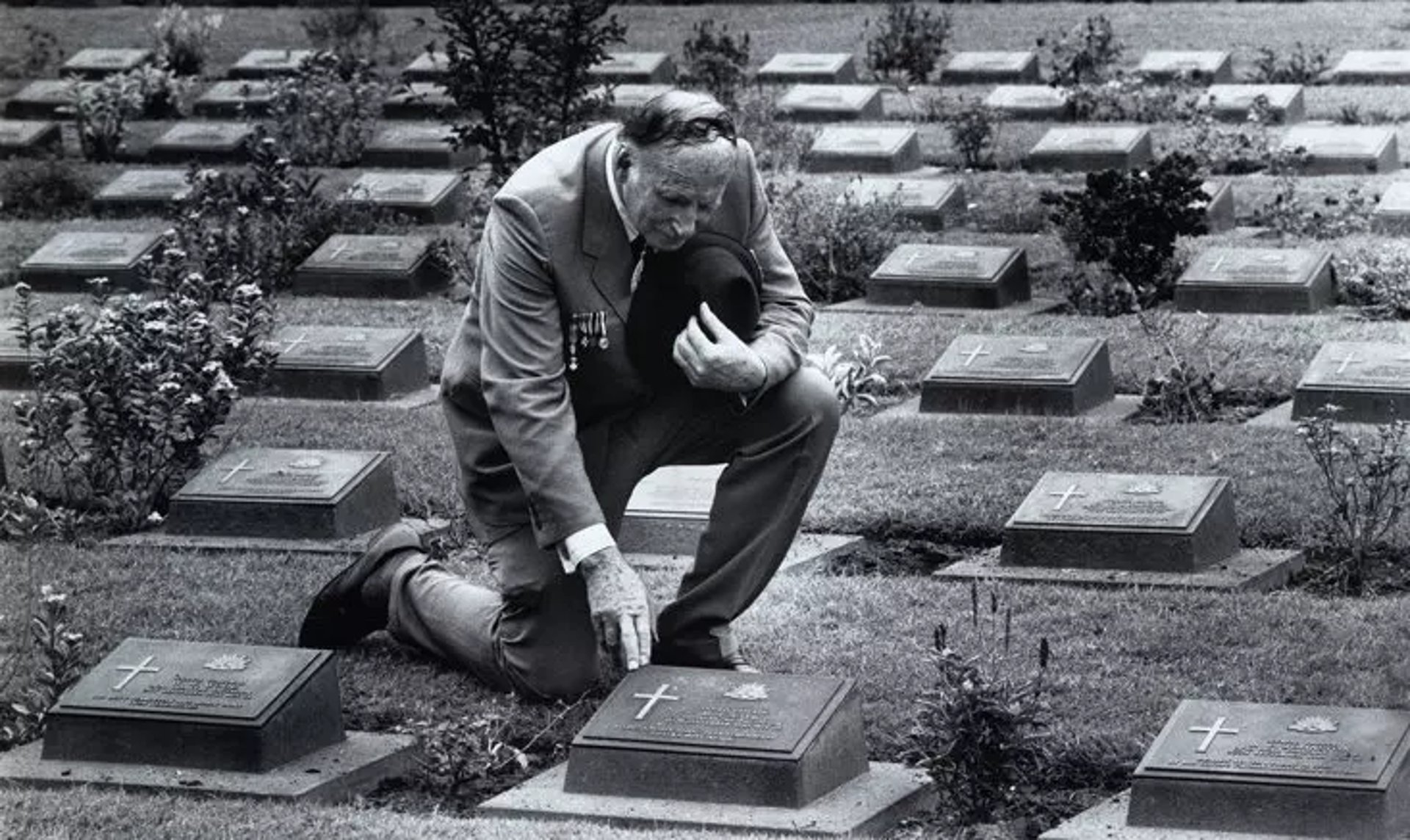
Together, We Can Make a Difference!
This is a veteran-run project, and we need your help to make it happen. Stand with us in honoring the legacy of the POWs and ensuring their stories are never forgotten.
